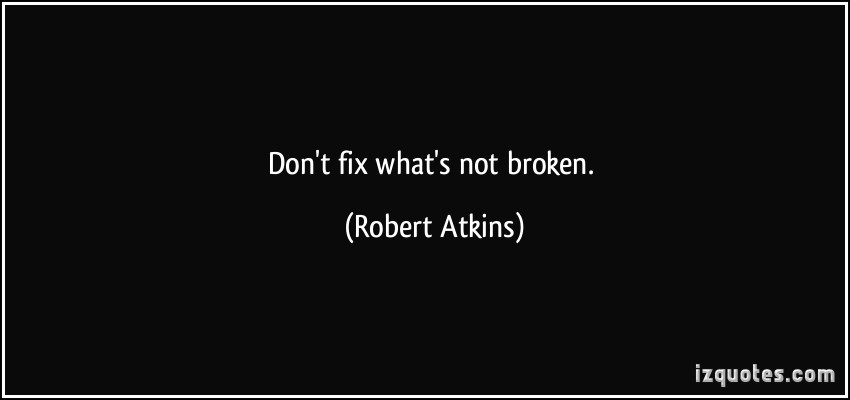Marketsmuse.com continues coverage of corporate bond electronic trading initiatives with outtake courtesy of coverage by Traders Magazine and column authored by Wall Street & Technology’s Ivy Schmerken. MM editor note: Since it was our chief honcho who coined the phrase “electronification of markets” 20 years ago, we’re also the first to say “If anyone has their pulse on fixed income electronic trading schemes, Ivy does.”
While new electronic venues are pushing to solve a liquidity shortage, buyside traders say the market is working fine, and they value dealer relationships.

Buyside traders say they are still finding liquidity from traditional voice dealers in the corporate bond market, though they will increase their usage of electronic venues for small trades to boost efficiency.
Despite concerns about a looming liquidity crisis and sellside balance sheets constraints, head traders speaking at an industry conference sponsored by Tabb Group said they mainly rely on voice traders to meet their liquidity needs.
Though the panel discussion was focused on the liquidity conundrum and the development of electronic bond trading networks, buyside traders said the market is working fine and they are not in a panic over a potential liquidity crisis.
“There are people confused as to where we are now and where they think we will be if we don’t see some automation or electronification of the market,” said Michael Nappi, VP Investment Grade Trader, Investment Grade FI at Eaton Vance. He said liquidity weaknesses do not affect all issues and sectors.
“The easier trades are actually easier now than they’ve ever been to do,” said Nappi, attributing this to order management system tools. Problem areas are the small issues, off-the-run bonds such as one with a maturity of 2032. These “are as difficult as they’ve ever been,” he said.
Amy Koch, managing director, head of fixed income trading at Standish Mellon Asset
Management Company, suggested that the media is blowing the liquidity shortage out of proportion. “I don’t think that liquidity is down to zero and balance sheets are down to zero in the way they are made out to be in the press,” said Koch. “I don’t think it’s that bad and I’m on the front lines every day.”
While acknowledging later on that sellside balance sheets are scarce, Koch conveyed it’s the relationships with dealers that enables the buy side to move large size.
“The voice market for us, whether you are going to one, three or five dealers is really what helps paint the picture for what you are trying to do,” said Koch on the panel. “It really helps you gather information; it helps you form relationships.”
The bulk of trading in the $7 trillion U.S. corporate bond market is dealer-to-client through voice and through request-for-quote (RFQ) platforms, where the buyside submits queries for bids and offers to the sellside based on their credit relationships.
But the market is poised for change as the Federal Reserve is preparing to raise interest rates.
Some market participants worry that a Fed move will precipitate a mass exodus from corporate bonds through a small door, and this is putting pressure on the market to seek alternative liquidity sources of liquidity.
For the entire story by Ivy Schmerken, please click here

